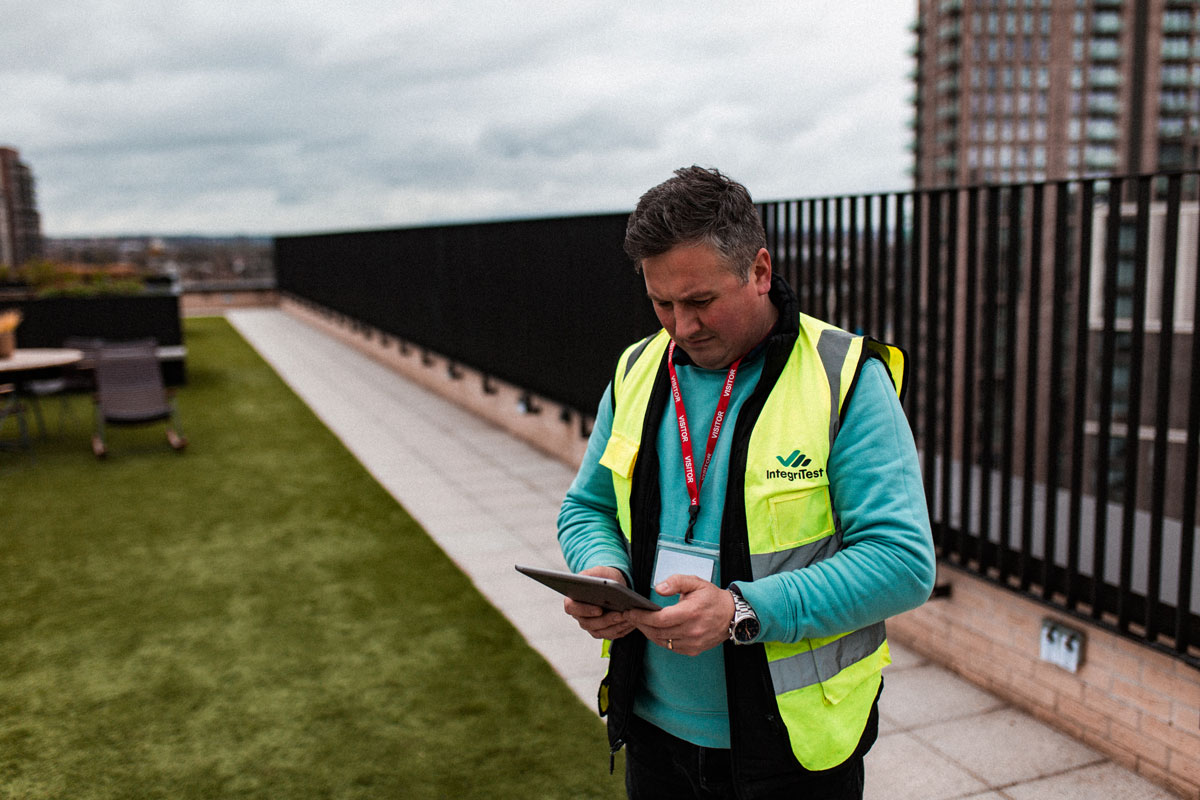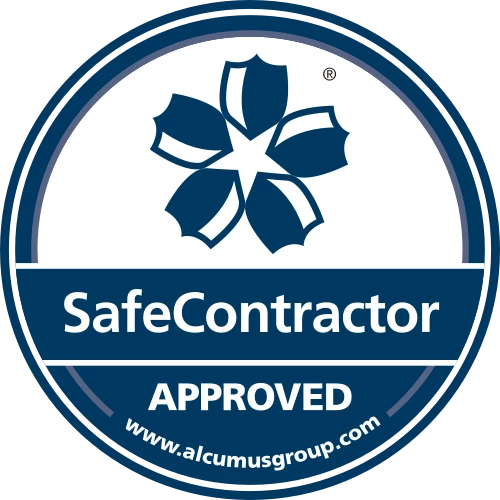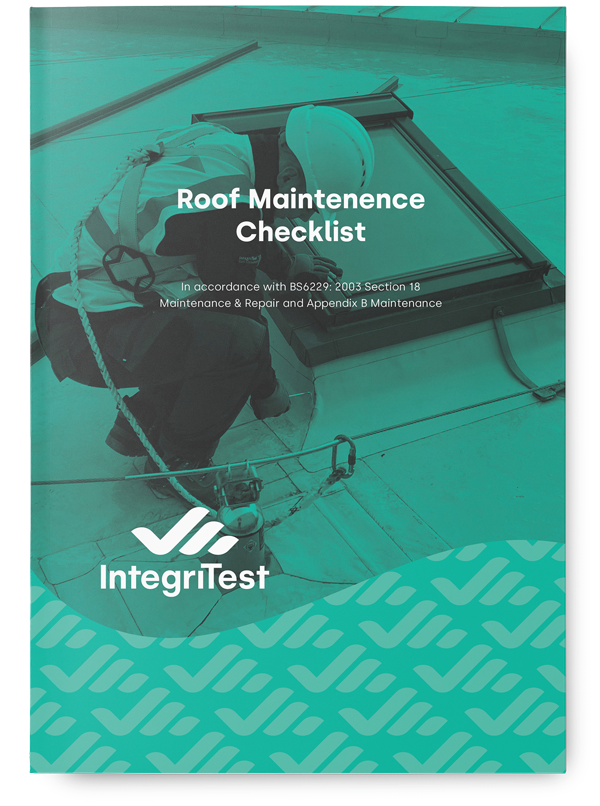Quality Assurance
Waterproofing Quality Assurance
IntegriTest are trusted by manufacturers, principle contractors, estate management companies and waterproofing contractors across the UK to provide rigorous quality assurance on their projects.

Proven and Rigorous Checks
With two decades of experience and expertise we have developed rigorous and thorough techniques and procedures to carry out quality assurance inspections and testing. All Documented in a written report to ensure the waterproofing on your project has been installed in accordance with best practice.
What we do in detail
Pinhole, Holiday and Dry Tests
The principle is simple. When the substrate is conductive (i.e. Concrete deck, profile sheet metal deck, or foil faced insulation), the waterproofing membrane acts as an electrical insulant. The Pinhole detector produces a high voltage which is passed through a copper brush over the entire surface of the membrane. Any breaches in the membrane will provide an electronic pathway to earth and thereby ionising the air creating a spark and an audible alert on the machine. This is then marked on the surface of the waterproofing membrane to facilitate their repair. Photos are taken and reproduced into a report which are sent via email the next working day.
Essentials:
- Conductive Substrate
- Non-Conductive membrane
- Dry Conditions
Dye Test, Flood Test & Rainfall Simulation
Where an electronic leak detection is incompatible or the source of the leak is believed to be coming from somewhere other than the waterproofing membrane, then other techniques can be used to determine the source of the water ingress. A flood test is just as you would suspect, the IntegriTest operative will block the rainwater outlets on the roof and proceed to flood the roof in order to recreate the leak. When it comes to rainfall simulation the IntegriTest operative will determine the most likely sources of water ingress and direct a spray of water (often with different colours of dye) at these locations in order to recreate the leak and thereby confirm the location of the source of water ingress.
Essentials:
- Water supply
- Time
- Assistance from contractor to remove capping/cladding etc, where necessary.
Wet Test and Vector Mapping
Similarly to the dry test the substrate must be conductive for the test to work. However, the area of membrane under-test must remain consistently wet during the test. The test works by producing a electrical field within the test area, using a stainless steel cable and a pulse generator. Utilising the detector poles/unit the IntegriTest operative will detect any disruptions within the generated field. A disruption in the field is caused by an electrical pathway to earth.
Any defects are then marked on the surface of the membrane to facilitate their repair. And photos are taken and reproduced into a report, which will be sent via email the next working day.
Essentials:
- Conductive Substrate.
- Non-Conductive membrane
- Consistently wet under-test area
- Water Supply



